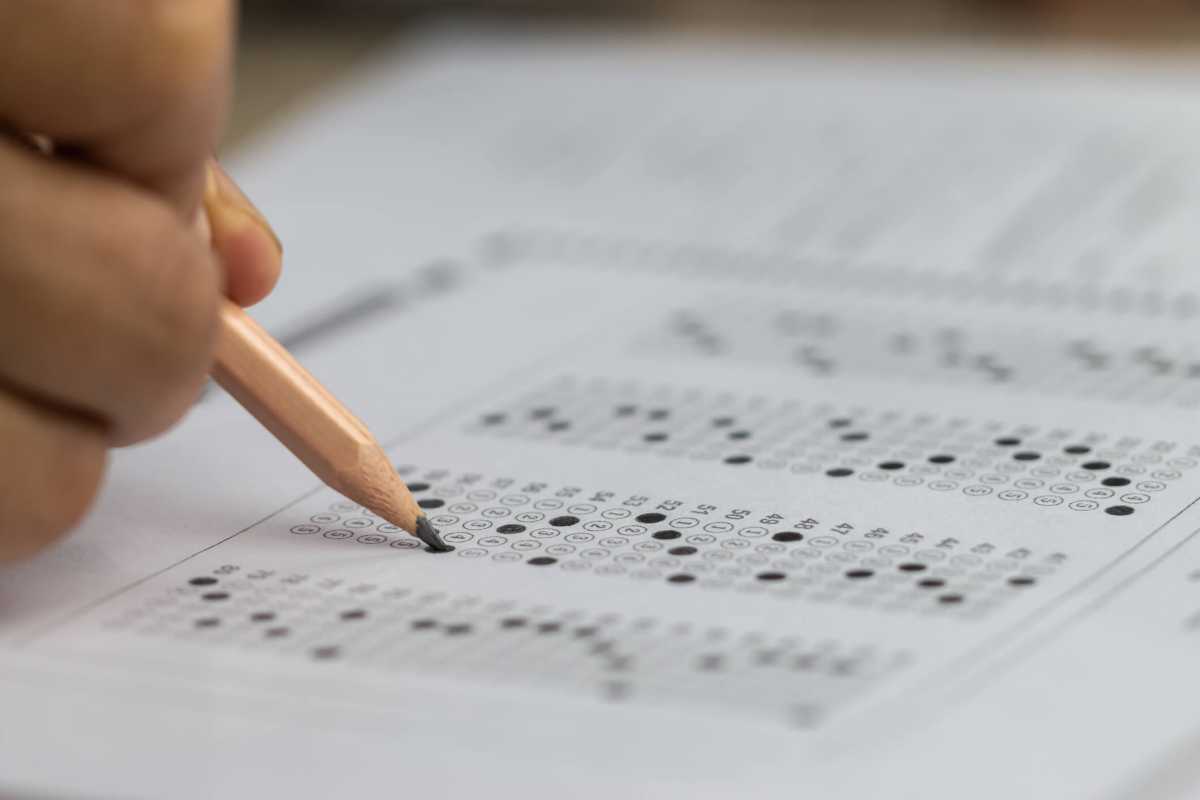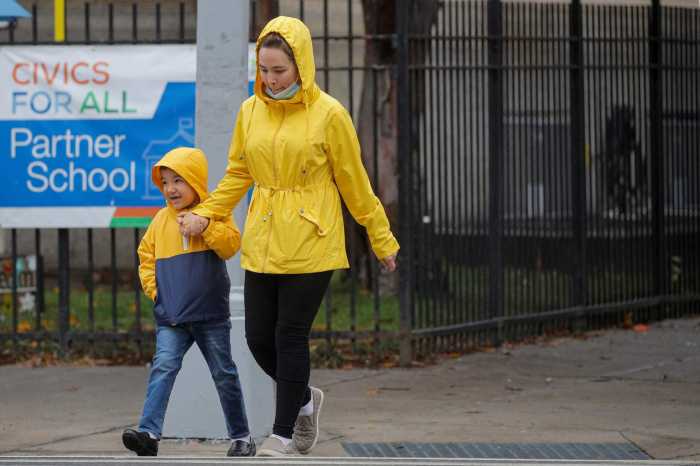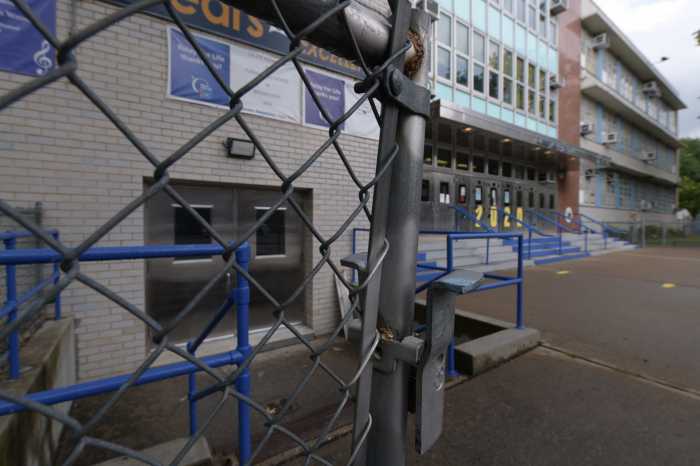After canceling state standardized tests in 2020 because of the pandemic, New York is once again testing children in grades 3 through 8 in English Language Arts (ELA) and math this year.
This poses a unique set of challenges both for students, who have not taken these exams in two years, and educators, who must evaluate academic performance by children who have spent the last year learning remotely or in hybrid models, which do not provide the same level of education as full, in-person classrooms.
Previously, scores could be easily compared year to year, so individual students and their families could measure their progress and districts could be assessed based on how they compared across the state and within regions.
However, in 2021, state standardized tests are measuring academic performance for what is, essentially, a lost year.
Learning loss has been a persistent problem during the pandemic, with students falling behind while trying to take their classes over Zoom. For students with special needs, the loss has been particularly severe, producing often even greater lags.
Absent the usual supports they receive, from extra staff and specialized instructors, to individualized educational plans, students with conditions such as autism, ADHD, dyslexia, and other learning challenges, have been hardest to reach with virtual teaching. If their peers have missed out on the full benefits of a year of schooling, the loss to special needs students may amount to far more.
These students, in a sense, will be further penalized by exams which do not account for this learning loss and yet will still be measured by the same yardstick.
For this reason, families should approach these tests, and the scores their children receive, with a lot of caution.
At the same time, this unusual testing period can provide an opportunity.
Over the past 13 months, in my own practice, I have seen so many parents bring in their children to be evaluated for autism, ADHD and other conditions because they noticed – during remote, home learning – signs that indicated there may be a problem. Often, these were signs they had not seen before because normally their children were in school, and teachers had never brought them to their attention.
But being home as a proxy teacher or tutor for their child, they saw up close the challenges that their children confronted, and the problem behaviors or symptoms at hand.
This led directly to children being diagnosed with some of these disorders and given the appropriate treatments.
We may see a similar phenomenon emerge as a result of this year’s state tests.
Learning disabilities and other cognitive conditions have been exacerbated by remote schooling and we might expect to see those signs evident in the test scores.
The exams can act as an early warning system that a child needs help.
Ironically, in the case of special needs children, the exams this year might be better at identifying these conditions than previously.
School districts are not incentivized to diagnose learning problems in children because it requires them to provide extra support.
For this reason, parents should pay extra attention to these testing results if they suspect their children of having a learning disability or other challenge.
They should be encouraged to have their children evaluated because there is help for them. Academic accommodations, speech, occupational therapy, as well as other supplemental educational support and therapies can make an enormous difference in helping special needs children achieve their potential.
Wilfred van Gorp, a New York City-based psychologist, is Director of the Cognitive Assessment Group and past President of the American Academy of Neuropsychology





































